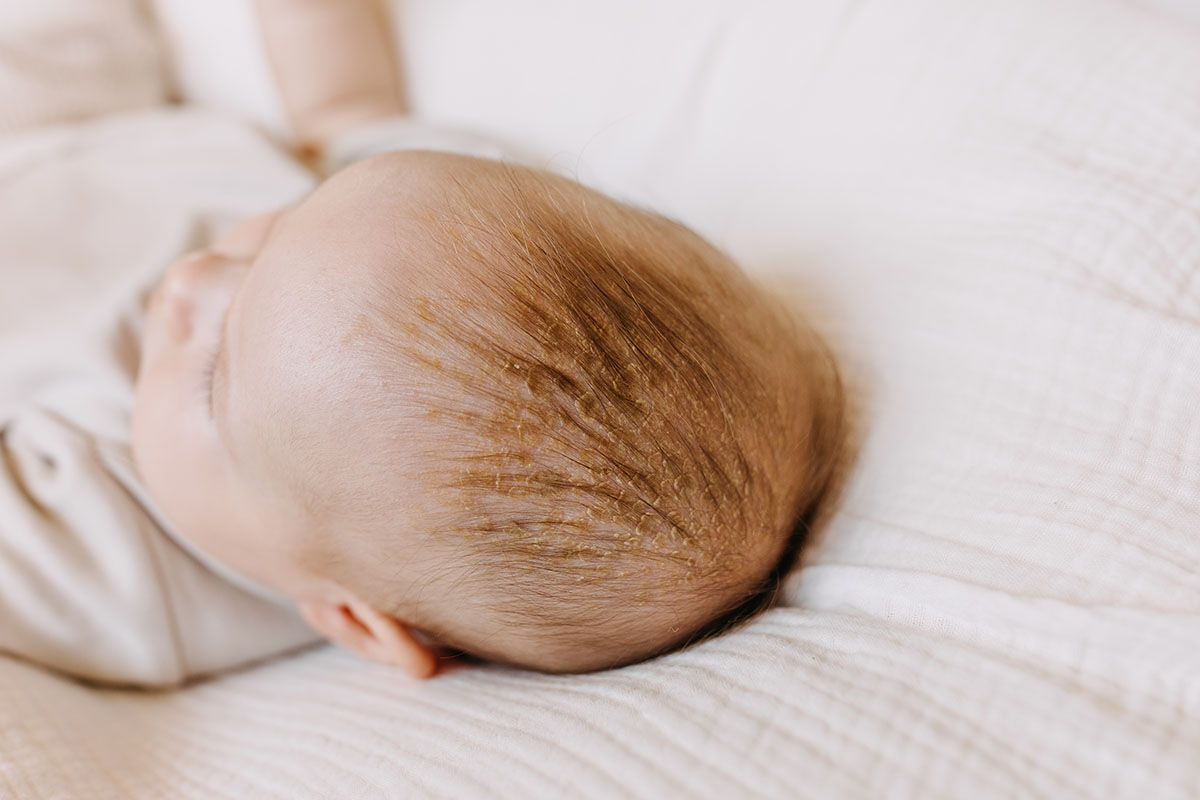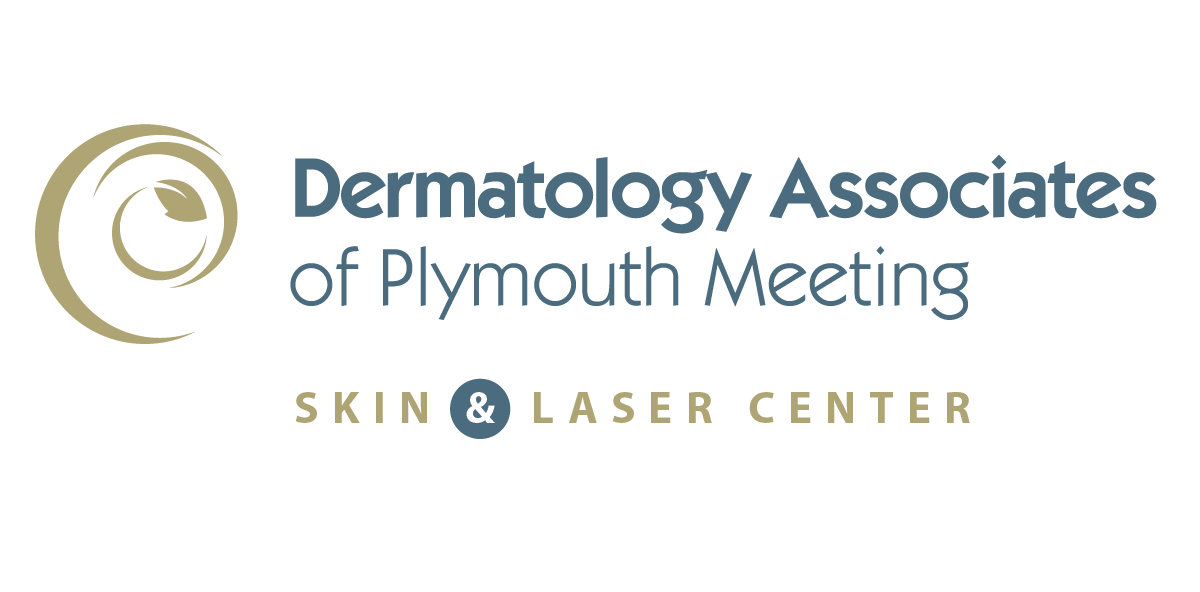Pediatric Dermatology
Our Approach to Treating Cradle Cap at Dermatology Associates of Plymouth Meeting
Cradle cap is an extremely common form of seborrheic dermatitis that affects the scalp. It occurs in about 9.5–10% of infants between the ages of three weeks and 12 months. Although cradle cap is benign, it can still be concerning to parents, especially because other, more serious conditions can resemble cradle cap. At Dermatology Associates of Plymouth Meeting, our physicians routinely diagnose cradle cap and advise how to best resolve it.

What is Cradle Cap?
Seborrheic dermatitis can affect people of any age. In infants, it is nicknamed “cradle cap” and presents as thick white or yellow greasy scales that appear on the scalp, usually in the front. Essentially, it is the baby form of dandruff and is completely harmless. Cradle cap typically clears on its own and does not come back. However, adults with seborrheic dermatitis tend to experience flareups that can persist for years. When cradle cap persists in infants beyond 12 months, the diagnosis should be reconsidered.
Causes of Cradle Cap
The cause of cradle cap has not been proven. It may be related to hyperactivity of the sebaceous glands, which are responsive to residual circulating maternal androgens (hormones). As a result, the infants’ oil glands make more oil than needed that may cause dead skin cells to stick to the scalp. Another contributing factor to cradle cap may be a yeast (fungus) called Malassezia that grows in the oil along with bacteria. Rest assured that cradle cap is not contagious and is not caused by poor hygiene.
Cradle Cap Symptoms
Cradle cap can be identified by non-inflamed, greasy, yellowish scales on the scalp. The front of the head is usually the area affected. Other common signs of cradle cap include patchy scaling or thick crusts on the scalp, oily or dry skin covered with flaky scales, skin flakes and sometimes mild redness. Similar scales may also be present on the ears, eyelids, nose and groin. Importantly, cradle cap is usually not itchy.
Other Conditions Resembling Cradle Cap
The reason it is important to consult a board-certified dermatologist on your baby’s cradle cap is to rule out any other conditions that may resemble cradle cap. These other conditions include:
- Atopic dermatitis, which is very common in infants and causes dry, itchy skin
- Impetigo, which is highly contagious and involves sores around the nose and mouth
- Tinea capitis, which is a rare fungal ringworm infection of the scalp
- Contact irritant dermatitis, which is an inflammation of the skin caused by an allergy to a substance
- Psoriasis, which causes inflamed patches of skin that can be itchy and painful
Cradle Cap Diagnosis and Treatment
Our dermatology staff can make a cradle cap diagnosis with evaluation of the infant’s scalp. Treatments typically involve the application of a gentle emollient or repeated shampooing, followed by careful removal of the scales using a soft toothbrush or comb. More extensive or resistant cradle cap may be treated with a medicated shampoo or low-potency topical steroid for one or two weeks. In most cases, cradle cap goes away on its own. It is important when using a soft toothbrush or comb to remove the scales that you do not scratch the infant’s scalp.
If you have concerns about your baby’s cradle cap and would like a diagnosis and treatment plan from a board-certified dermatologist, call us today for an appointment at 610-828-0400.
